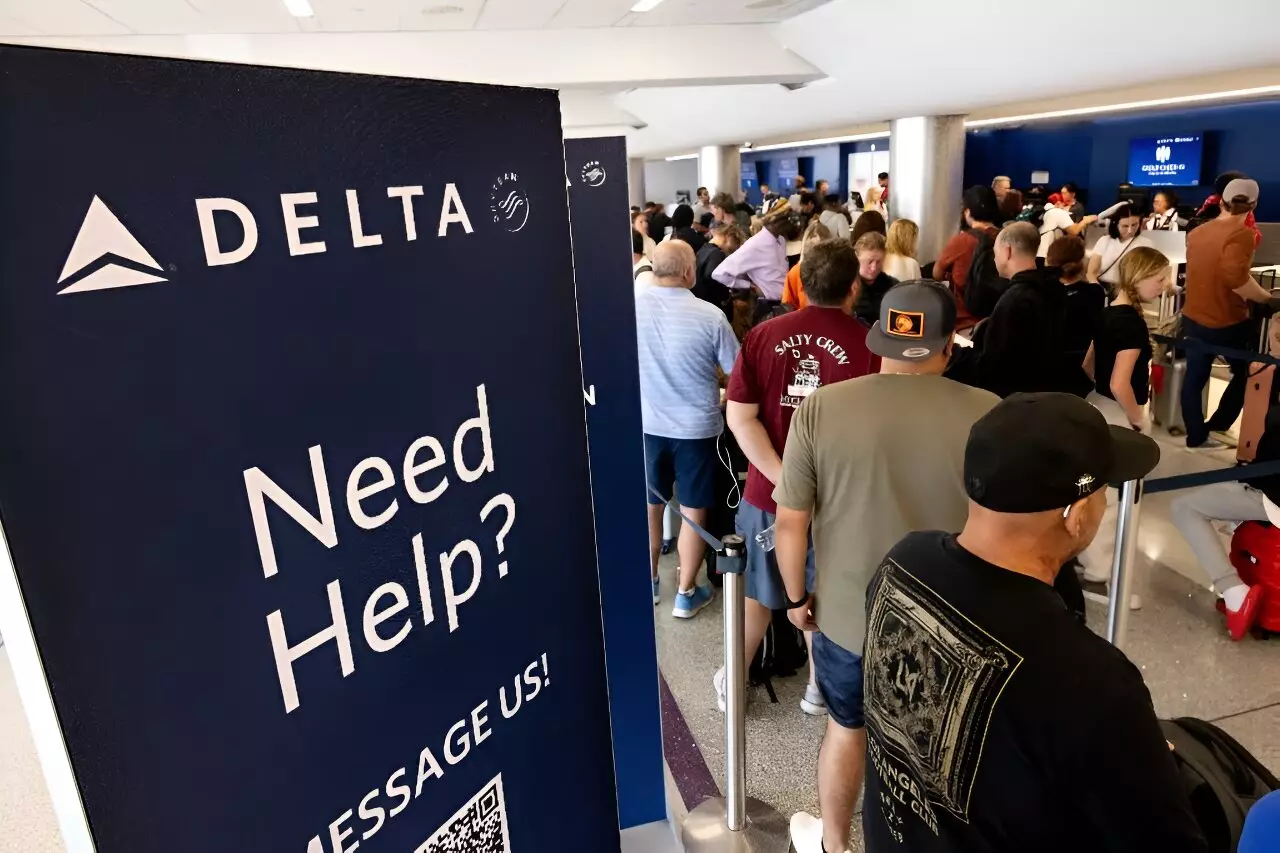In the aftermath of a major IT crash that caused chaos for airlines, banks, TV channels, and financial institutions, a wave of conspiracy theories flooded social media platforms. These theories ranged from fearmongering about an impending “World War III” to false narratives linking global elite to a cyberattack. The proliferation of these internet-breaking conspiracy theories highlights the information chaos that ensues after a significant world event.
The Role of Social Media Platforms
Social media platforms have played a significant role in enabling the rapid spread of misinformation. With the removal of guardrails that once contained the dissemination of false information, conspiracy theories were able to gain traction quickly and reach a global audience. The rise of platforms like X, formerly known as Twitter, has provided a breeding ground for apocalyptic narratives that feed on fear and uncertainty.
The Influence of Conspiracy Theorists
Conspiracy theorists have taken advantage of the volatile nature of the information ecosystem to push their agendas and gain followers. By linking old videos and spreading unfounded theories, these individuals have managed to sow seeds of doubt and confusion among the general public. The World Economic Forum and other prominent organizations have become targets for conspiracy theorists looking to exploit major world events for their gain.
In the face of rapidly spreading conspiracy theories, combating misinformation has become increasingly difficult. The level of trust in reputable sources has declined, making it easier for wild conspiracies to take root and spread rapidly. Tech platforms, which have scaled back content moderation, now struggle to contain the flood of false and misleading posts that gain traction during times of crisis.
The global outage, caused by a bug in an update to an antivirus program for Windows systems, brought daily life to a standstill and sent US stocks falling. Despite assurances from cybersecurity groups like CrowdStrike that fixes were being implemented, online conspiracies continued to spread unchecked. The technical nature of the issue made it challenging to combat misinformation with factual rebuttals.
The rise of conspiracy theories amidst major world events like the IT crash highlights the need for greater vigilance and critical thinking when consuming information online. As social media platforms continue to facilitate the rapid dissemination of content, it is crucial for users to question what they see and rely on reputable sources for accurate information. The battle against misinformation is ongoing, and it requires a concerted effort from individuals, tech companies, and regulatory bodies to stem the tide of conspiracy theories in the digital age.


Leave a Reply